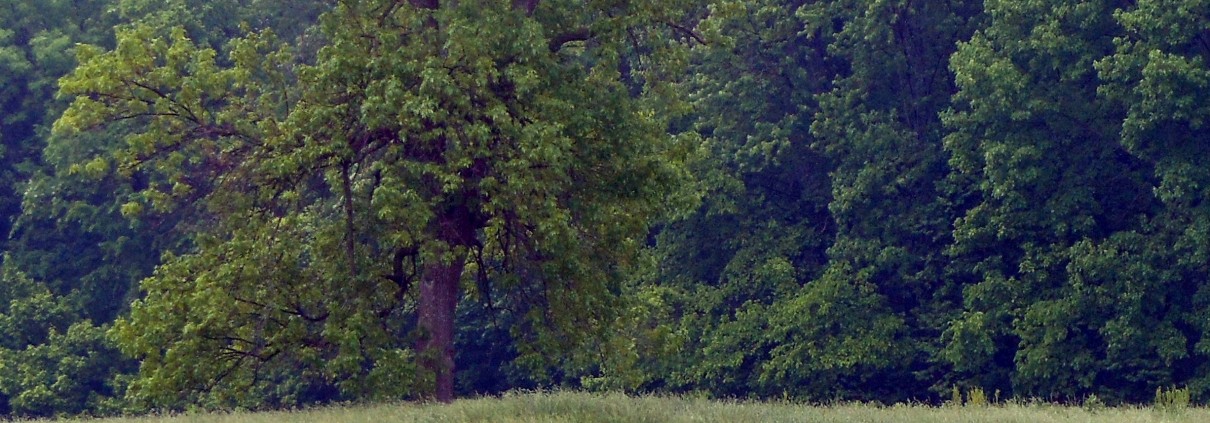Mound 17
The Patrick Map shows Mound 17 as an irregularly shaped mound to the northeast of Monks Mound. The Patrick Map shows the mound with straight east and west sides, but the north and south sides progress from northeast to southwest in a step-like pattern. On the McAdams Map (1882), Mound 17 is shown as a square mound 15 feet (4.6 meters) high and in the same relative position indicated on the Patrick Map. Thomas (1894), however, shows Mound 17 to be conical, small in area, 20 feet (6.2 meters) high, and much further north than the two previous maps. The Peterson-McAdams Map (1906) shows Mound 17 as circular, 10 feet high (3.1 meters), and further to the west than either Patrick or McAdams indicate.
The USGS topographic map, which is based on surveys conducted in the early 1930s, shows a circular elevation in the area indicated by both the Patrick and McAdams maps, suggesting that the mound still existed in the early part of this century. The contours indicated on the USGS map suggest an oval mound with its major axis east-west and a height of 10 feet (3.1 meters). Today there is no major elevation in that area, the mound has disappeared. There is, however, a small elevation just to the north of the northeast corner of Monks Mound that may be a remnant of Mound 17. Since the area in question has been owned by the state since 1930, it is doubtful that Mound 17 was bulldozed during road building or other construction, although a small road encircling Monks Mound does make a turn in the general vicinity.
Gregory Perino (personal communication) has several times mentioned a flood in the 1940s that cut through low-lying land behind Monks Mound carrying away several feet of earth in that region. It is Mounds 13, 14, 15, and 16 possible that the area of Mound 17 has been eroded by flooding. Charles Bareis of the University of Illinois at Champaign-Urbana, digging just to the west of where Mound 17 should have been, did find indications of fill and construction work building up the level of the ground. Whether this is a remnant or basal portion of Mound 17 or some other phenomenon remains undetermined.
Because Mound 17 was apparently located near the northeast corner of Monks Mound, it might have been associated with the burial discovered by William McAdams in 1882:
We were working at our investigation, one beautiful day in the early spring, in a field at the base of the great Cahokia mound, when our probe struck something which proved to be one of these burial vases…. The next day, beneath the grateful shade of the great temple mound which towered a hundred feet above us, we took from that ancient tomb, which was not two rods square, over one hundred perfect vessels. [McAdams L895: 179]
Moorehead further excavated the area nearly 40 years later and described the burials found: Both of Mr. McAdams’ sons, as well as W. J. Seever, Esq., visited the scene of our operations and indicated where they thought Mr. McAdams had excavated. During that season (1921) we had a crew of twenty-one men at work and we examined the ground some 600 feet northeast of Monks Mound where the witnesses thought McAdams made the discovery. We also extended operations, working rather intensively here and there for a radius of three hundred yards. Some of the trenches were fifty feet in length. Broken human skeletons were found scattered here and there, probably where Mr. McAdams had made finds. We recovered one flexed burial accompanied by half of a bowl. There was another partial burial a few feet to the west. The ground about it was much disturbed. Above both burials was a layer of hard baked red earth some two feet from the surface. The disturbed earth extended from three to as much as five feet in depth. [1929: 28]






